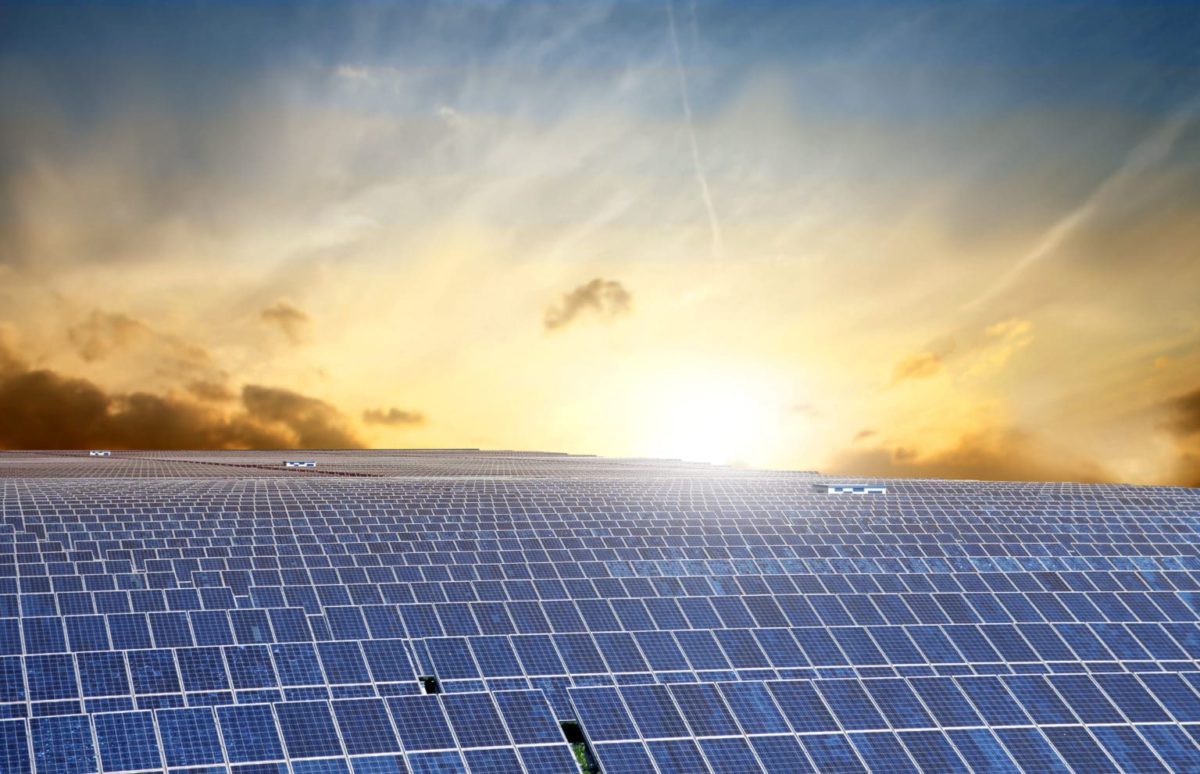New research from BloombergNEF shows that green hydrogen costs should fall 85% by 2050, thanks to cheaper solar, leading to costs under $1/kg and easily undercutting natural gas as well as blue and gray hydrogen production.
This new research also undercuts BloombergNEF’s previous 2030 forecast by 13% and its 2050 forecast by 17%. The key force behind the accelerating cost decline of green hydrogen is the continuously falling cost of solar PV. BloombergNEF forecasts that solar electricity will be 40% cheaper in 2050 than what it thought just two years ago.
The continuous cost decline on the solar front is being driven by automated manufacturing, less silicon and silver consumption, the higher photovoltaic efficiency of solar cells, and the greater yields provided by bifacial panels.
BloombergNEF modeled 28 major markets and found that green hydrogen would be cheaper than natural gas (on an energy-equivalent basis) by 2050 in 15 of them. But if those markets were using natural gas with carbon capture and storage (CCS), then green hydrogen would out-compete gas across the board.
“Such low renewable hydrogen costs could completely rewrite the energy map,” said Martin Tengler, lead hydrogen analyst at BloombergNEF. “It shows that in future, at least 33% of the world economy could be powered by clean energy for not a cent more than it pays for fossil fuels. But the technology will require continued government support to get there – we are at the high part of the cost curve now, and policy-supported investment is needed to get to the low part.”
Green light
BloombergNEF is forecasting that green hydrogen will undercut natural gas, but also blue hydrogen (generated from fossil fuels with CCS), as well as straight gray hydrogen produced from fossil fuels without CCS.
Tengler said that by 2030, it won't make economic sense to build blue hydrogen production facilities in most countries, unless space constraints are an issue for renewables.
“Companies currently banking on producing hydrogen from fossil fuels with CCS will have at most 10 years before they feel the pinch,” he said. “Eventually those assets will be undercut, like what is happening with coal in the power sector today.”
Of course, that green energy and therefore green hydrogen is getting cheaper is not surprising, but the rate at which costs are declining certainly is.
“Every year it gets cheaper, faster than anyone expects,” said Tengler. “The key driver is falling cost of solar PV electricity. We now think solar PV power will be 40% cheaper by 2050 than what we had thought just two years ago.”
Reductions in electrolyzer-related costs are the other major contributor to the accelerating price decline of green hydrogen.
This content is protected by copyright and may not be reused. If you want to cooperate with us and would like to reuse some of our content, please contact: editors@pv-magazine.com.




According to the learning curves of PV and H2, the costs of synthetic H2 will already have fallen by 85% in 2035. The forecast is based on the extrapolation of previous trends, taking into account physical limits that would slow down progress if they were to converge.